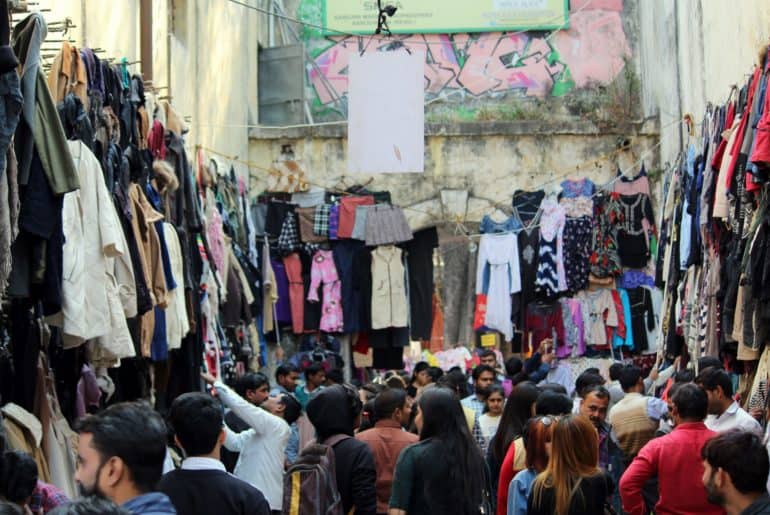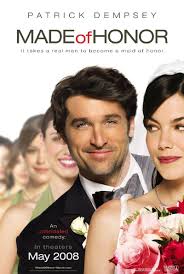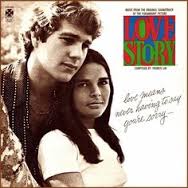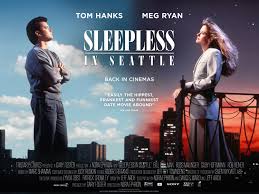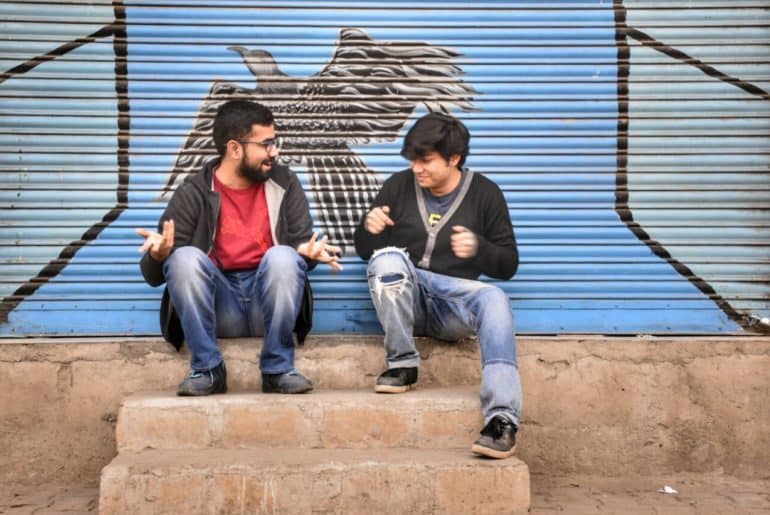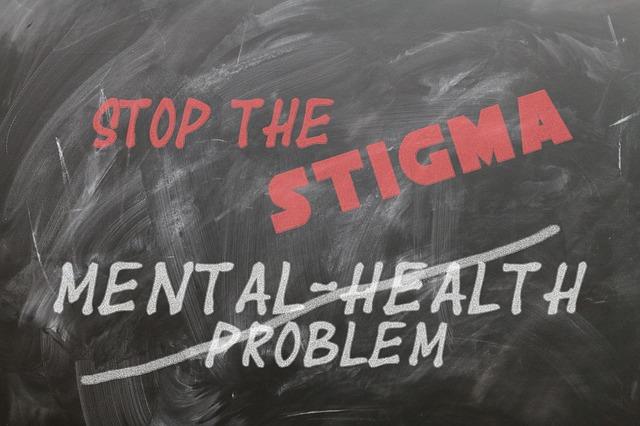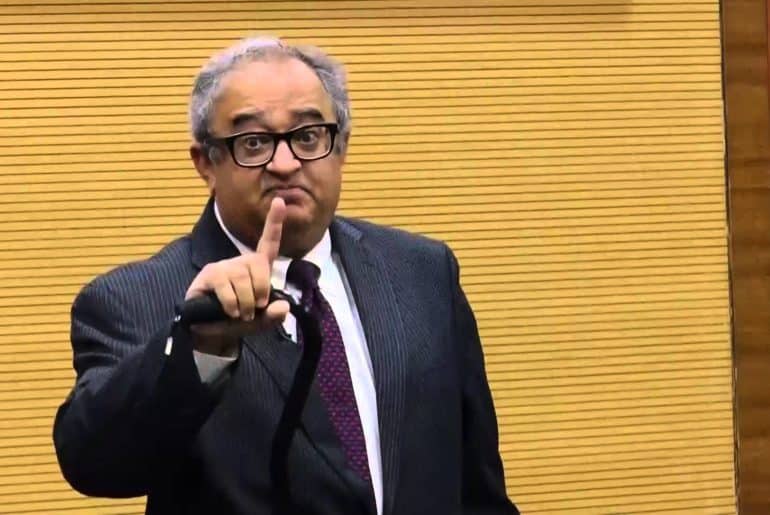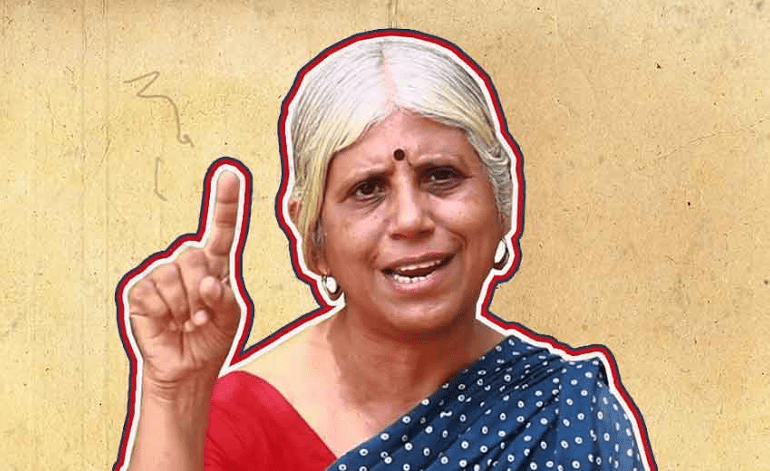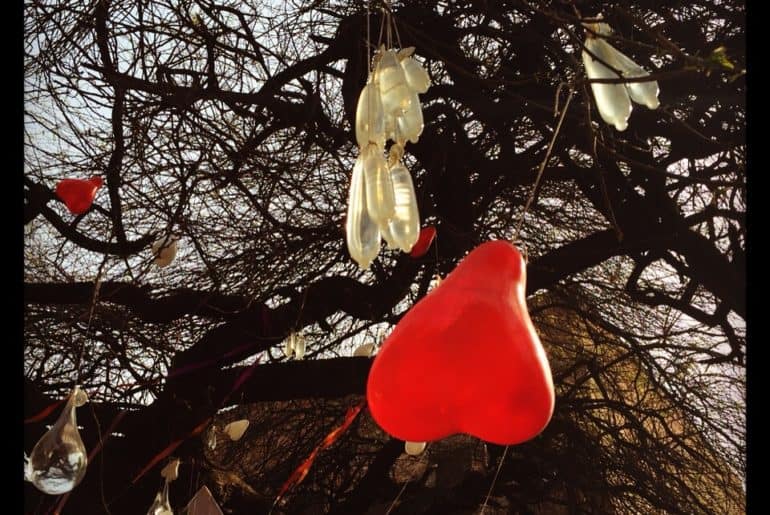College is a great time to explore and discover one’s passions. The experiences, adventures, and occasional escapades enjoyed are perfect shapers and nurturers of one’s innate talent. While most are exposed to the opportunity of taking on something new, only a few actually have the dogged determination to pursue their interests and persist in only getting better along the way. Siddharth Singh and Prakhar Maheshwari from Wannabe Anonymous are perfect examples of how a passion identified and shared in college by two like-minded people can be transformed into a rewarding side-career:
Q: Let’s hear about you from you. Take us to the beginning.
Siddharth: Prakhar and I are from Delhi College of Arts and Commerce. We studied Economics, and met in our second year of college. We both had an interest in comedy. We used to follow and share videos of Kenny Sebastian and Vir Das. Inspired, we decided to actively venture into the niche comedy scene. Initially, we wanted to convey our comedy through the medium of nukkad natak, but then we decided on stand-up comedy instead.
Prakhar: Yes, because sense prevailed! (laughs) We figured that the latter form would be more apt, especially in the initial stage, because we weren’t very sure about our content. The reception and response to a stand-up gig is more encouraging as it helps you gauge the demands of the audience and learn what works and what doesn’t. We decided to combine our humour and thus, Wannabe Anonymous was born.
Q: You’ve put yourself in an extremely competitive field, which is only growing by the day. At any point in your journey till now did you find yourself questioning your instincts and giving up?
Siddharth: After conceiving ‘Wannabe Anonymous’, we applied to perform at Rendezvous 2015. The video we sent to them got rejected. But we didn’t let that bog us down. We performed our first show at a café in Hauz Khas Village.
Prakhar: Towards the beginning of our show, the crowd was thin. But after a while, the café started filling up. That really encouraged us. We were really happy with the way we performed that day.
Siddharth: But then when we had to upload the video of our show online, we realised that we were capable of much better. We had second thoughts and didn’t want to put the video up.
Prakhar: However, we decided to learn from our experience. That video made us want to do better and strive to achieve the level of comedy that we knew we could create. We faced some lows. We do so even now. Instead of letting that pull us down, we like to let that motivate us to do better.
Q- Tell us about your most successful and special show?
Siddharth- I remember Indraprastha College for Women as a fantastic show. We had prepared a script for 25 minutes and the show went on for 45 minutes. It was the kind of show we live for.
Prakhar- It was all impromptu. The audience was very engaged and responsive, it was the kind of connect that we always aspire for.
Siddharth- I think it had to do with something that I like to call induction. It’s like when the first five minutes of the show go well, then automatically the chances of the whole show going great goes up. That’s why before starting we try to the get the audience riled up and get their attention.
Q- How do you do that? Are there any tricks?
Siddharth- I do this stupid thing – and Prakhar hates me for this – where I just ask the assemblage to show us how to clap, how to whistle etc. Basically we just make them look at us, ensure their attentiveness, and get them energised. It works.
Prakhar- Once you have the audience hooked, your lamest jokes will work. I find this phenomenon worked with Kenny Sebastian often. Once during his gig, Kenny simply said that “I’m going to shave.” and the people went berserk. He just said “I’m going to shave”. It wasn’t a joke, but it was still funny. That’s the kind of charm we want to own.
Question- In recent times, we have seen that controversies and comedians have had many run ins. Kiku Sharda was booked under section 295 A of the Indian Penal Code (outraging religious feelings of any class by insulting its religion or religious belief) and recently the Tanmay Bhatt and Lata Mangeshkar fiasco happened. What are your views on this? Do you think comedians should be more responsible?
Prakhar- I think people should just have a sense of humour. In case of Tanmay Bhatt and Lata Mangeshkar controversy, I find people to be unnecessarily touchy. Why it was even made into a big deal? It’s beyond me.
Q- But, do think this applies to the sexist jokes too? Someone might say that “yes, it’s sexist. If you don’t like it then ignore me.”
Siddharth- We personally do not crack sexist jokes. We make Punjabi jokes, we make jokes on colleges about certain DU colleges, and chances are someone will always be offended at something. We know we can’t always prevent that from happening. However, we know where to draw the line. It’s about one’s own discretion. About the ethical aspect of jokes, should they be offensive or not, I don’t know honestly. I haven’t formed an opinion on this.
Prakhar– Last year we performed at IIT Delhi. Some of our jokes were sexist in nature and they were being received very well by the crowd, which was was male dominated. There were two girls there and in the middle of the show they left. We don’t know if they left because they were offended or because they just wanted to leave for other reasons. Now when we think about IIT Delhi, it does make us uncomfortable. After that show we made a point not to crack such jokes, even if they are in demand.
Siddharth- Another time, during the show at Indraprastha College for Women, I made a joke on how women are bad drivers and the crowd started screaming “Offensive”, “Not funny” and “Sexist”. Thankfully, my senses prevailed quickly and I moulded it into something else. Anyway, we are not proud of these jokes of ours. That is something we realise now.
Q- Judging from this instance that you talked about, what do you do when a joke falls flat? No one laughs and it’s just gone.
Prakhar- See, the fact that it’s two of us to take the fall helps a-lot. Sometimes when we are fortunate, we improvise something on the spot and it works, sometimes we simply move ahead. Initially we used to explain our jokes expecting that the audience will laugh. We would assume that no one got it, instead of accepting that it was lame. This was a horrible thing to do. Now we know (chuckles)
Q- You guys have a regular job, so how sincerely are you guys thinking about stand-up comedy?
Siddharth- I know this lexicon is clichéd but I’ll use it anyway. We both belong to a typical middle class family, which means we have a fair share of duties and moral dilemma. Papa CJ is one of my favourite comedians and one thing he says is that financial independence is the best gift you can give to yourself and your parents. I agree with this 100%. I can’t allow myself to depend on my dad’s money because I’m aware of the responsibility I have towards my family. Stand-up comes with certain risks and I can’t afford those risks right now. However, that doesn’t mean I’ll use this as an excuse for not working on Wannabe Anonymous. I love Wannabe Anonymous.
Prakhar- A nine to five job that ensures that we get paid every month acts as a safety net that we need. It’s like what Biswapati Sarkar categorises as: area of interest and area of knowledge. Our jobs are our area of knowledge and Stand-up is our area of interest. Right now we are in our early 20s and we feel believe that we are able to balance job and passion very well.
Q- Recently you did your fist ticketed show which was a success. How do you see this transition from free shows to ticketed shows?
Prakhar- It was great! I can’t explain how awesome it felt to be on stage and to see that these many people have bothered to pay for us.
Siddharth- When I was preparing the script for the show my brother asked me, “How is it going?” and I casually replied, “It’s okay, let’s see.” To that, my brother said, “Listen, please be serious because people have paid for this. You must do justice to their money.” Some extra responsibility is always there when it’s a paid performance.
Prakhar- Though it’s not like we are not sincere otherwise. We are very serious comedians. (winks)
Q- If you were given a chance to relive your college lives, then which college would you choose, except Delhi College of Arts and Commerce?
Siddharth- Shri Ram College of Commerce
Prakhar- St. Stephens College.
Siddharth- But then who will be your friend? Stephenians won’t befriend you, right?
Prakhar- But dude, if you stay in the same collage from the starting then one or two nice people will be kind enough to be my friends.
Q- Last question: where do you see yourselves 5 years from now?
Siddharth- Ideally, I see myself doing stand-up full time.
Prakhar- When you start from the bottom it only goes up. Five years from now, I think we’ll still be doing stand-up.
Feature Image by Alex Arthur for DU Beat
Interview by Kriti Sharma ([email protected]) and Niharika Dabral ([email protected])



